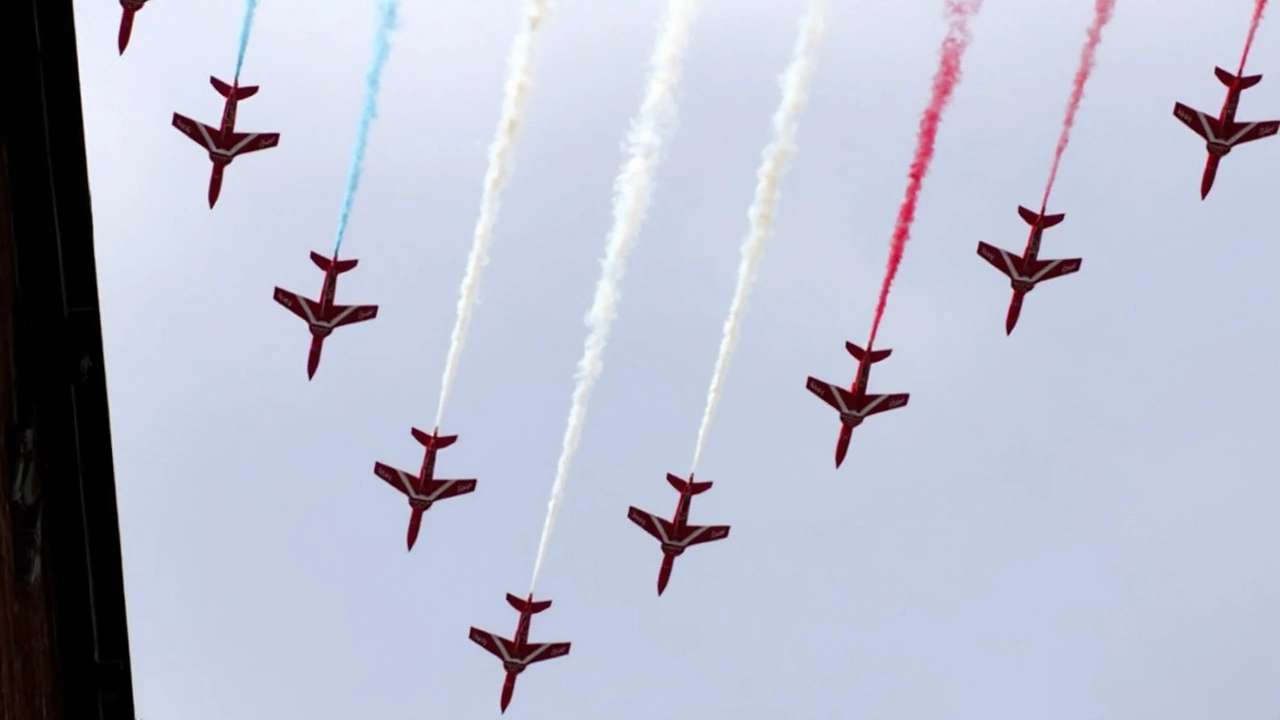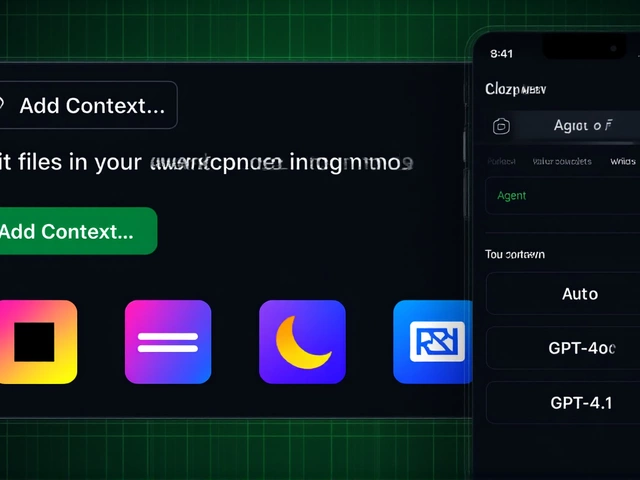RAF Flypast – When, Where and How to Enjoy It
If you’ve ever heard the roar of jets overhead and wondered where the spectacle comes from, you’ve probably seen an RAF flypast. These events are usually part of national celebrations, royal birthdays, or big public festivals. They’re free to watch, but getting a good view takes a bit of planning. This guide walks you through the basics so you can enjoy the show without the hassle.
Typical Dates and Reasons for a Flypast
The Royal Air Force lines up its aircraft for flypasts on holidays like the Queen’s Birthday, Remembrance Day, and major sporting events in the UK. They also appear for local airshows or during royal visits. Keep an eye on official RAF social media accounts or your city council’s event calendar – they announce dates weeks in advance. Knowing the reason behind the flypast helps you anticipate the types of planes you’ll see.
Best Places to Watch
Most flypasts follow a set route over city centers, parks, or near major landmarks. Look for open spaces along the flight line – think large fields, riverbanks, or elevated spots like hilltops. In London, the Thames Embankment and the South Bank are popular because they offer clear sightlines and public transport. If you’re outside a big city, local airfields often host viewing areas with food stalls and parking.
Arrive early, especially on weekends. Traffic can be heavy, and the best spots fill up fast. Bring a blanket or portable chair, and consider a pair of binoculars for a closer look at the aircraft details. A small snack and water are smart moves – you’ll be standing for a while.
Weather matters a lot. Clear skies let you see the planes’ paint schemes and the smoke trails they sometimes release. If the forecast calls for rain, you might still get a decent show, but be prepared with a waterproof jacket and an umbrella.
What you’ll actually see depends on the occasion. A typical flypast includes iconic jets like the Typhoon, the F35 Lightning, and the historic Spitfire. Sometimes the RAF adds a transport aircraft like the C-130 Hercules or a helicopter squadron for variety. The formations are choreographed to pass over key landmarks at specific times, creating a dramatic backdrop for speeches or ceremonies.
Safety is simple: stay within designated viewing zones and follow any instructions from police or event staff. Do not try to get too close to the runway or any restricted areas – the aircraft fly low but still keep a safe altitude.
After the flypast, many venues offer a quick meet‑and‑greet with flight crew or a chance to see the aircraft up close. If you’re a fan, check if there’s a “ground display” where you can walk around a static jet. It’s a great way to snap photos and learn more about the planes.
In short, an RAF flypast is a free, thrilling display that anyone can enjoy with a little preparation. Mark the date, pick a good spot, bring a few basics, and you’ll get to witness the power and precision of the Royal Air Force in action.
Kieran Lockhart, May, 5 2025
VE Day 2025: Red Arrows Headline Massive Nationwide RAF Flypast Route and Commemorative Events
For the 80th anniversary of VE Day in 2025, the UK will witness a huge RAF flypast with the Red Arrows and 22 other iconic aircraft. The celebrations include a London procession, street parties, and extended pub hours, all honoring WWII veterans and the legacy of peace.
View More



